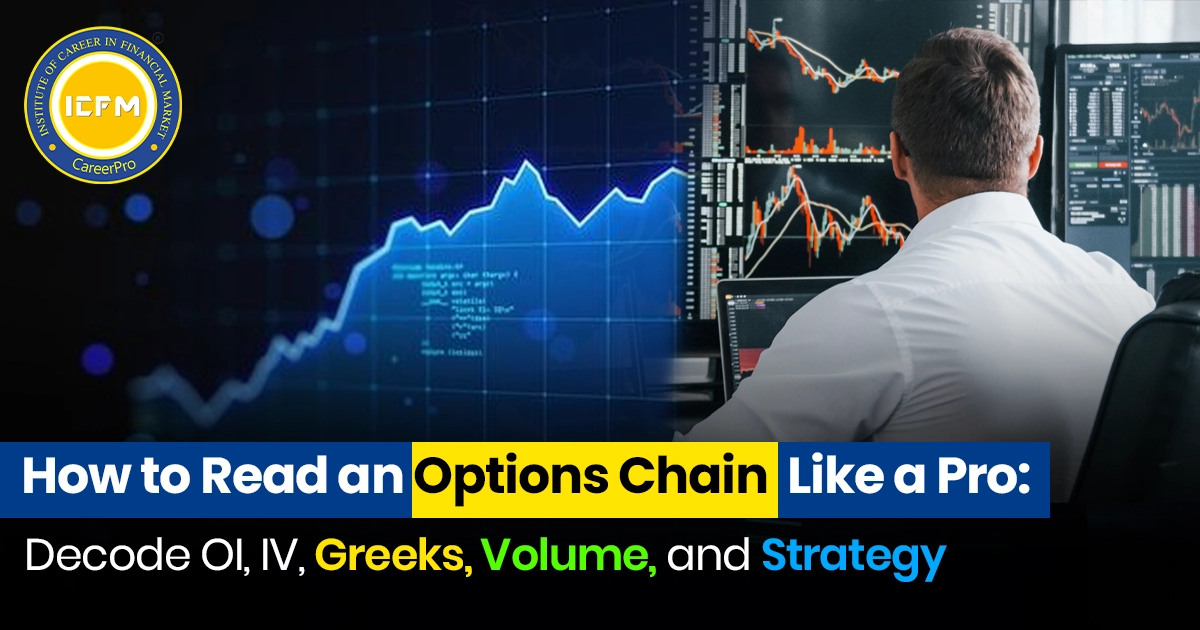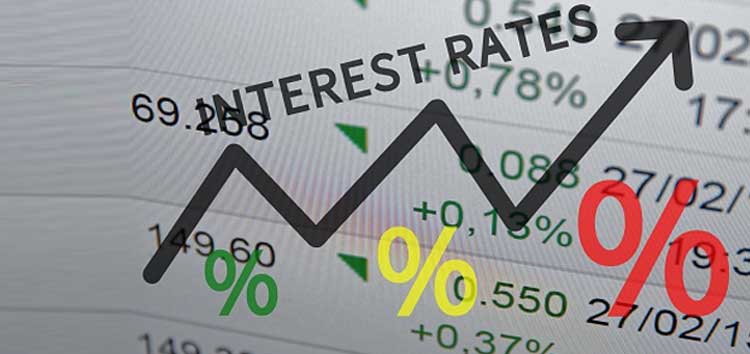Derivatives are financial products whose value is based on an underlying asset, index, or benchmark. These products—futures, options, swaps, and forwards—are employed for a range of purposes in the financial markets, including speculation, leverage, and hedging. Of these, hedging is one of the most widespread applications of derivatives, and it serves a key function in reducing risks related to market volatility.
What Is Market Volatility?
Volatility in the market means the pace at which an asset or a market index's price changes over time. Volatility is measured as high in a market with extreme price variations over a very short period, usually triggered by economic developments, company earnings, political tensions, or other random factors.
Although volatility is an inherent part of the cycle of the market, it can be very dangerous for traders and investors. For example, unexpected movements in prices have the potential to eat away at the value of portfolios or investments, particularly by those who own assets that are vulnerable to these movements. This is where hedging through derivatives comes in, as it offers a means of protection against such risks.
What Does Hedging Mean in Derivatives Trading?
Hedging is a risk reduction technique employed to counteract expected losses in an investment by going long or short in a similar asset. Hedging's chief objective is to mitigate the effect of negative price movements. Hedging in derivatives is usually a matter of using derivative contracts to go long or short in positions that will appreciate when the underlying asset loses value or becomes unpredictable.
For instance, when a portfolio of stocks is subject to the risk of declining prices, the investor can hedge by buying put options or selling forward contracts to safeguard the value of the portfolio. Likewise, businesses that use raw materials or commodities as inputs can hedge against prices going up or down on such items, locking in more stable profit margins.
Types of Derivatives Used for Hedging Against Volatility
1. Futures Contracts Futures contracts are exchange-traded standardized deals to purchase or sell an asset on a future predetermined date at a predetermined price. Both parties can fix the price of an asset through these contracts, thus avoiding the risk of price volatility.
- Example: A wheat farmer can contract to sell wheat at a specific price in three months. This insulates the farmer from the risk of decreasing wheat prices so that they know they will get a certain price for their harvest.
2. Options Contracts Options provide the holder with the right, but not the obligation, to purchase (call options) or sell (put options) an underlying asset at a predetermined price prior to a set expiration date. They are a widely used hedging tool because they enable investors to cap potential losses while still maintaining the potential for gains.
- Example: An investor holding a large position in a stock may buy put options to protect themselves against a potential decline in the stock’s price. If the stock price falls, the value of the put option increases, offsetting the loss in the stock.
3. Swaps Swaps are contracts between two entities to exchange cash flows upon the price of an underlying asset or interest rate. Examples of common swaps employed in hedging are interest rate swaps and commodity swaps.
- Example: A firm that has a floating rate of interest on its borrowings might engage in an interest rate swap to swap their floating rate payments into fixed-rate payments. This hedge shields the firm if interest rates increase, fixing their cash flow.
4. Forwards Forwards are like futures contracts but are tailored contracts between two parties to purchase or sell an asset in the future at a price determined today. Forwards are traded over-the-counter (OTC), i.e., they are not standardized or regulated like futures.
- Example: An importer of oil may enter into a forward contract to buy oil at a specified price on a future date. If oil prices rise unexpectedly, the forward contract helps mitigate the risk by locking in a lower price.
How Derivatives Help in Hedging Against Market Volatility
1. Minimizing Risk Exposure The main purpose of derivatives in hedging is to minimize exposure to risk generated by price variations. Through the locking of prices, hedging using derivatives tends to make financial results more certain, enabling investors to safeguard their portfolios or businesses.
2. Having Liquidity Derivatives provide a very liquid means of hedging positions. In very volatile markets, it can be hard to sell or buy physical securities or assets at short notice without influencing their price. Derivatives can be bought or sold rapidly on exchanges and do not involve holding the underlying asset, making risk management more accessible.
3. Reducing Costs Hedging using derivatives is usually less expensive than some alternative risk management approaches. To illustrate, buying options entails a known loss (the cost of the option purchased), but the ability to realize gain from a desired direction in prices. This contrasts with simply selling off the physical assets for lowering risk exposure, which might be expensive or infeasible, especially where the markets are very volatile.
4. Tailoring Customization Derivatives enable very tailored risk management. In contrast to purchasing or selling physical assets, which may be restricted to certain transactions or amounts, derivatives can be designed to suit a broad variety of risk profiles. This tailoring is especially beneficial for institutions with sophisticated portfolios or particular hedging requirements.
5. Hedging Non-Price Risks Besides guarding against price volatility, derivatives can also be employed to hedge non-price risks like interest rate changes or foreign exchange rate changes. Such types of hedges are especially applicable in international markets, where currency and interest rate fluctuations can have a profound impact on an investor's portfolio.
Case Studies of Derivatives in Action
1. The Financial Crisis in 2008 and Hedging through Credit Default Swaps (CDS) During the 2008 financial crisis, credit default swaps (CDS) were widely used by financial institutions as a hedge against credit risk. CDS contracts are an insurance against debt securities default. Yet, excessive usage of these derivatives (and their lack of regulation) led to the collapse of the market, and so using these derivatives in a responsible manner and knowing the risks involved became crucial.
2. Airline Commodity Price Hedging Airlines tend to be vulnerable to fuel price volatility, which can be quite wide-swinging based on geopolitical factors, natural disasters, or shifts in international demand. A number of airlines hedge fuel by buying oil futures or options contracts. By fixing the price of fuel at low levels, airlines can stabilize their running expenses and hedge against price spikes in the world oil market.
Limitations and Risks of Derivatives Use as a Hedge
Although derivatives are great instruments to hedge against volatility in the markets, they too have limitations and risks of their own:
•Over-Hedging: In certain cases, companies or investors can over-hedge, missing potential gains if markets move in their direction.
•Risk of Liquidity: Derivatives might be less liquid in certain markets, making it cumbersome to unwind the positions.
•Counterparty Risk: In transactions for over-the-counter (OTC) derivatives, there exists the risk of counterparty default under the deal.
Complexity: Derivatives are not only complex, with a significant depth of understanding for their prices, terms, and how they map to the underlying asset. Well-implemented hedging does not work as designed, creating loss rather than protection.
Conclusion
Derivatives are critical to hedging market volatility by offering instruments that enable investors and firms to control risks related to price movements. With the use of futures, options, swaps, and forwards, market participants are able to limit the effects of uncertain market conditions, safeguard their portfolios, and achieve more stable results. But, as with all financial products, there are risks involved in using derivatives, and their application should be done with caution, due knowledge, and a proper understanding of the implications.









